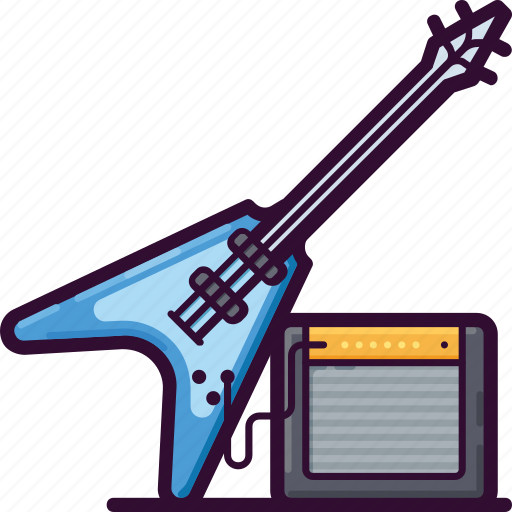Modern jazz is not one specific style — it’s a mindset. It’s jazz that grows, experiments, and changes with time. Born from the traditions of early jazz, swing, and bebop, modern jazz represents everything that came after — from the 1940s until today — embracing complexity, creativity, and new influences.
The Roots of Modern Jazz
To understand modern jazz, it’s important to know where it came from. Traditional jazz developed in the early 20th century in New Orleans, eventually leading to the swing era of the 1930s. But by the 1940s, a group of musicians began pushing jazz beyond dance music and into something more personal and artistic.
This movement, known as bebop, marked the beginning of modern jazz. Artists like Charlie Parker, Dizzy Gillespie, and Thelonious Monk introduced faster tempos, more intricate harmonies, and an emphasis on solo improvisation.
From there, jazz continued to evolve through several distinct waves:
- Cool jazz in the 1950s (Miles Davis, Dave Brubeck)
- Modal jazz in the late ’50s and early ’60s (John Coltrane, Bill Evans)
- Free jazz in the 1960s (Ornette Coleman, Cecil Taylor)
- Fusion in the 1970s (Herbie Hancock, Weather Report)
- Nu jazz and contemporary styles in the 1990s to today
Key Characteristics of Modern Jazz
Modern jazz can be hard to define because it takes many forms. However, there are some common elements that set it apart from earlier jazz styles.
Harmonic Complexity
Modern jazz often uses extended chords, unusual scales, and rich harmonic structures. These create a deeper, more layered sound that encourages exploration and improvisation.
Rhythmic Freedom
Modern jazz frequently plays with rhythm and meter. Musicians use odd time signatures, shifting tempos, and polyrhythms to create a sense of motion and unpredictability.
Improvisation and Experimentation
While improvisation has always been central to jazz, modern jazz takes it further. It allows more creative freedom, less reliance on traditional forms, and greater interaction between players.
Genre Blending
Modern jazz doesn’t live in a bubble. It borrows freely from rock, funk, hip-hop, classical, electronic, and even world music. This openness gives it a constantly fresh and evolving sound.
Styles and Subgenres Within Modern Jazz
There are many different expressions of modern jazz. Here are a few that stand out:
Jazz Fusion
Developed in the 1970s, jazz fusion combines jazz with rock and funk. It’s often electric, fast-paced, and full of virtuosity. Key artists include Weather Report, Mahavishnu Orchestra, and Chick Corea.
Avant-Garde and Free Jazz
This branch of modern jazz is more abstract and sometimes challenging. It values expression over structure, with unpredictable forms and intense improvisation. Artists include Ornette Coleman, Albert Ayler, and Sun Ra.
Nu Jazz and Electro-Jazz
These styles emerged in the late 1990s and 2000s, mixing jazz with electronic beats, samples, and production techniques. Groups like The Cinematic Orchestra and St. Germain are good examples.
Contemporary Jazz
This is a broad category that includes current jazz musicians who push the genre forward while still respecting its roots. Their music can be lyrical, funky, cerebral, or ambient. Many are deeply influenced by hip-hop, R&B, and neo-soul.
Notable Modern Jazz Artists
Here are some influential musicians shaping modern jazz today:
- Kamasi Washington – Known for epic, spiritual jazz compositions blending gospel, funk, and classical
- Robert Glasper – Combines jazz with hip-hop, soul, and modern R&B
- Esperanza Spalding – Grammy-winning bassist and vocalist exploring jazz, pop, and experimental music
- Hiromi Uehara – Virtuoso pianist with energetic fusions of jazz, rock, and classical
- Brad Mehldau – Pianist who integrates classical structure and modern pop covers into his jazz
- Snarky Puppy – A large collective blending jazz, funk, and world rhythms with wide appeal
Why Modern Jazz Still Matters
Modern jazz is more than a style — it’s a living art form. It continues to push boundaries, ask questions, and reflect the culture of its time. It remains relevant because it never stands still. Each generation brings new ideas, sounds, and stories to the music.
Jazz also teaches us how to listen, how to be present, and how to appreciate the beauty of imperfection. It celebrates both individual expression and group collaboration — a rare balance in music today.
Conclusion: The Spirit of Innovation
Modern jazz is proof that tradition and innovation can coexist. It honors the past while looking to the future. Whether performed in smoky clubs, grand concert halls, or streamed through headphones, jazz remains a powerful voice in contemporary music.
To understand modern jazz is to accept that it cannot be fully pinned down — and that’s exactly what makes it so fascinating.

